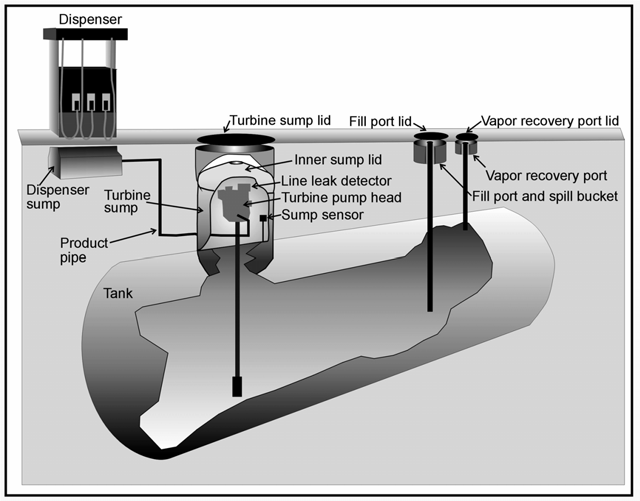How important are fuel system inspections? In spite of all of the advances in fuel system technology, regular physical inspections are necessary and required in most areas. The EPA publishes a UST Manual that covers the operation and maintenance of underground storage tanks. Broward County publishes Your Florida Petroleum Storage Tank Facility Inspection Guide that provides valuable information and guidance on what to look for when inspecting a fuel system. Regardless of where your system is located, both of these publications are helpful.
Part of the inspection process includes identifying water and corrosion problems. The first step to identifying MIC is to do regular inspections. The presence of water and corrosion indicate a potential problem with fuel quality. Noting water and corrosion issues without acting upon the problem will allow continued system and fuel deterioration. Once found, it is important to identify where the problem originates.
Bottom sample your fuel monthly. If water is present, have it pumped out immediately. Use a quality biocide, like Biobor®JF to protect your system from MIC. Microbes are a main source of system corrosion. Water is where they live. Keeping your system clean and dry is essential to reducing corrosion.
Biobor®JF is the original, industry standard biocide since 1965, used in the most critical application – aviation. Independently tested, EPA registered and OEM approved for use in all hydrocarbons. It does not adversely affect fuel chemistry and is more stable, less corrosive and safer to handle than other products. The Biobor® family of additives includes diesel fuel and gasoline products designed to remediate, stabilize, clean and enhance fuel. If you manage fuel and fuel systems, and are not using Biobor® additives as a way to reduce costs, downtime, liabilities and risk, contact us and learn how we can help. If you are using someone else’s products find out why you need to make the change to Biobor®. Join the Biobor®Revolution and be a part of the Biobor®Advantage.
Follow BioborShare the Post








